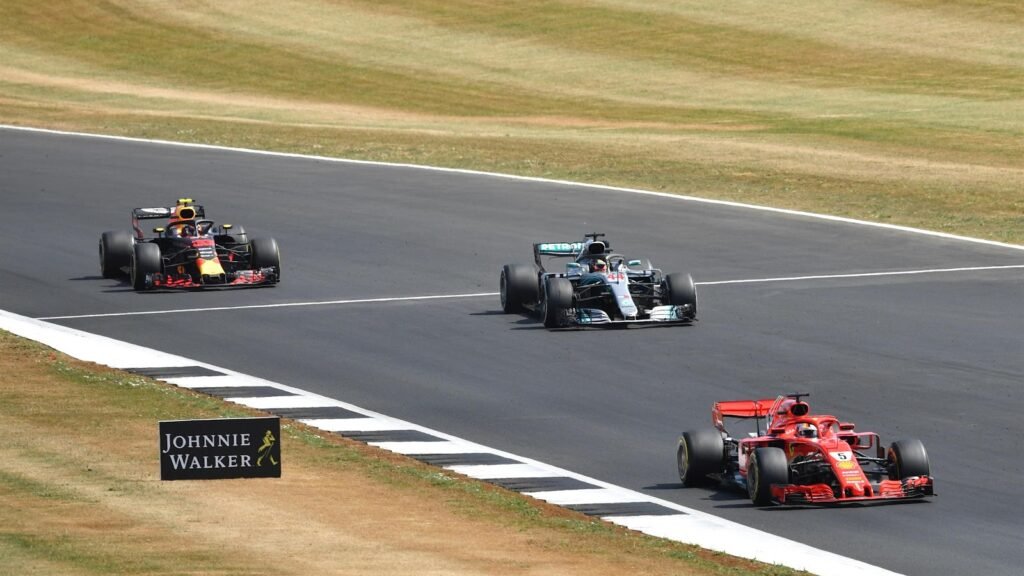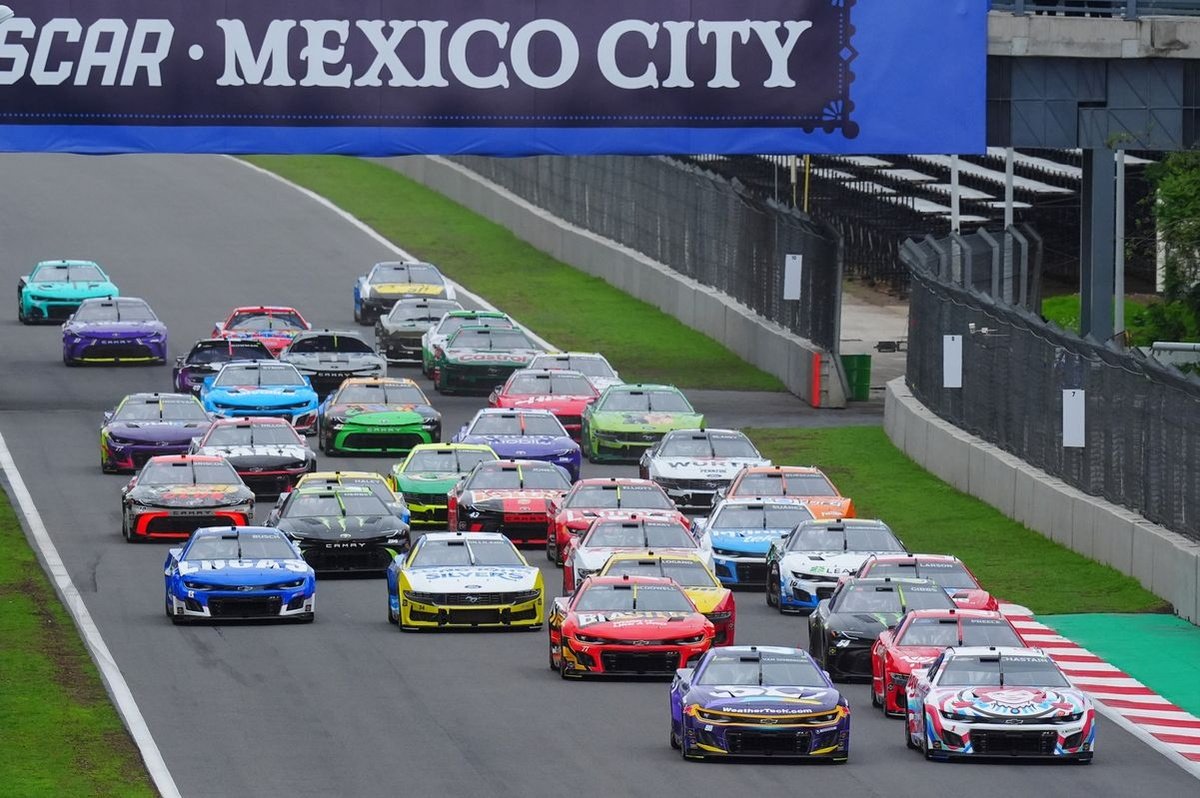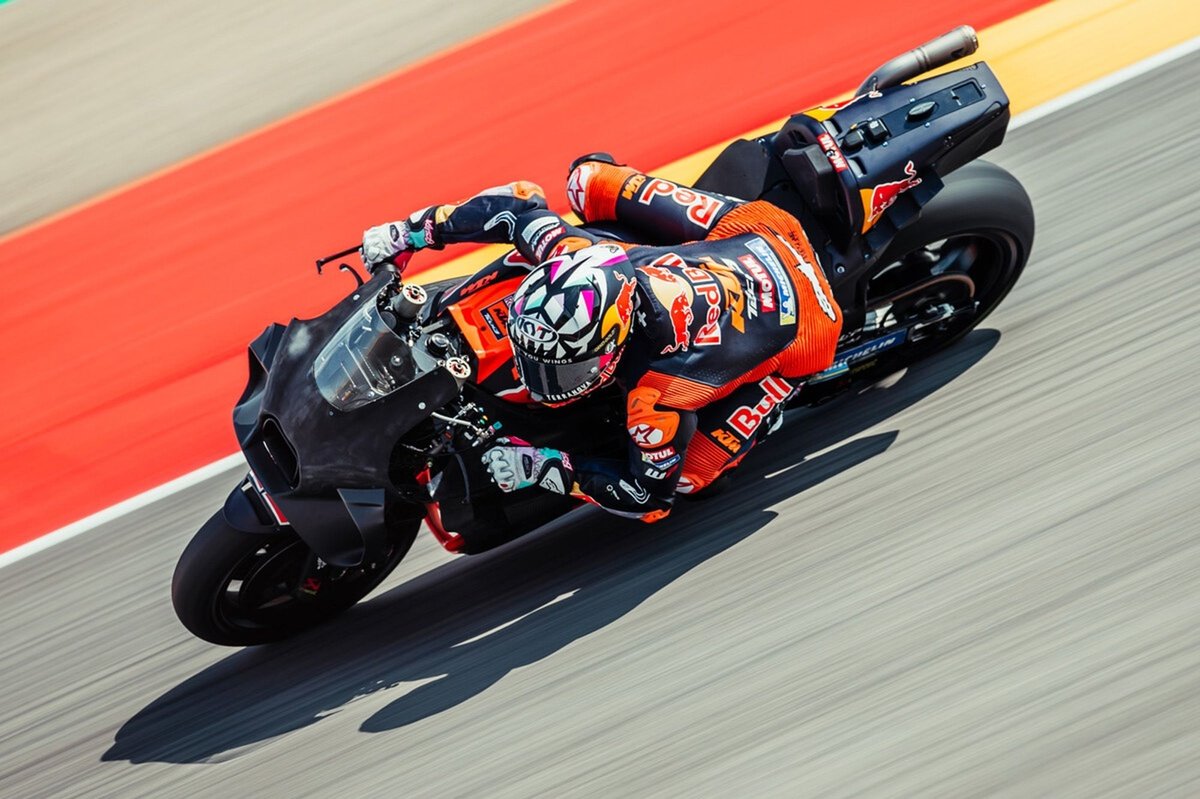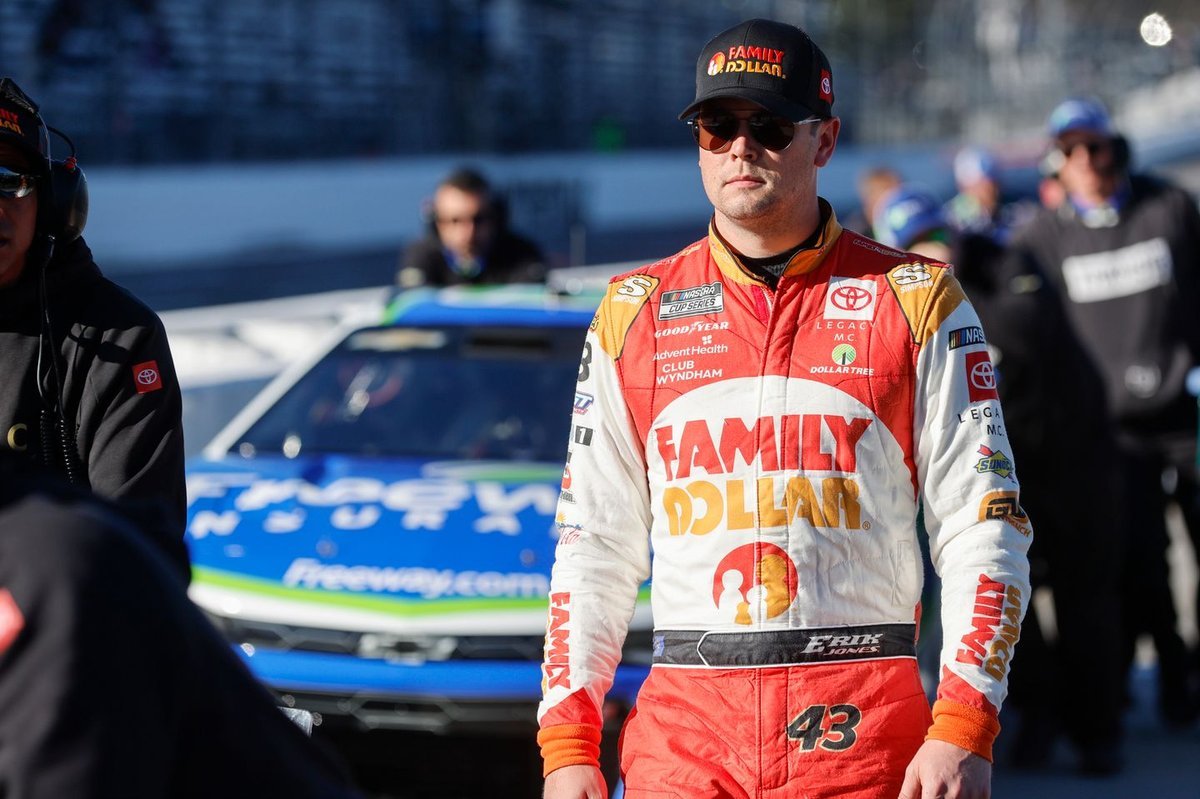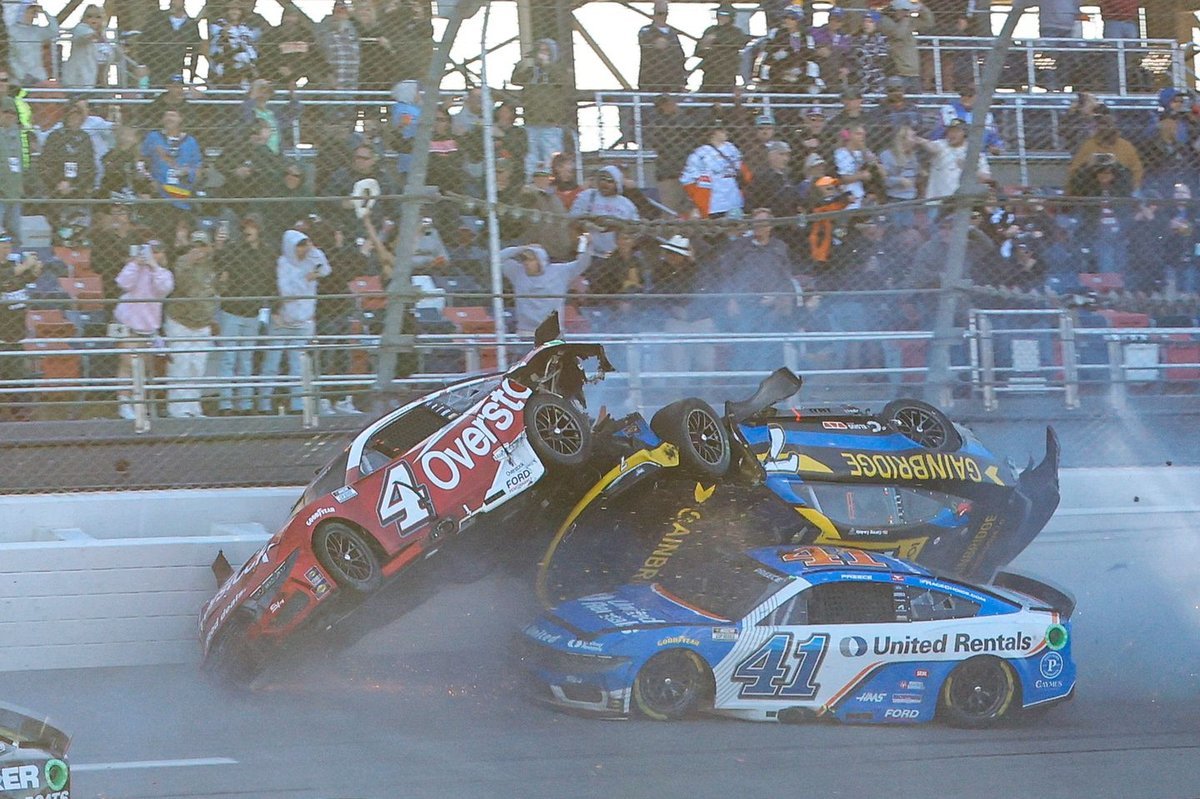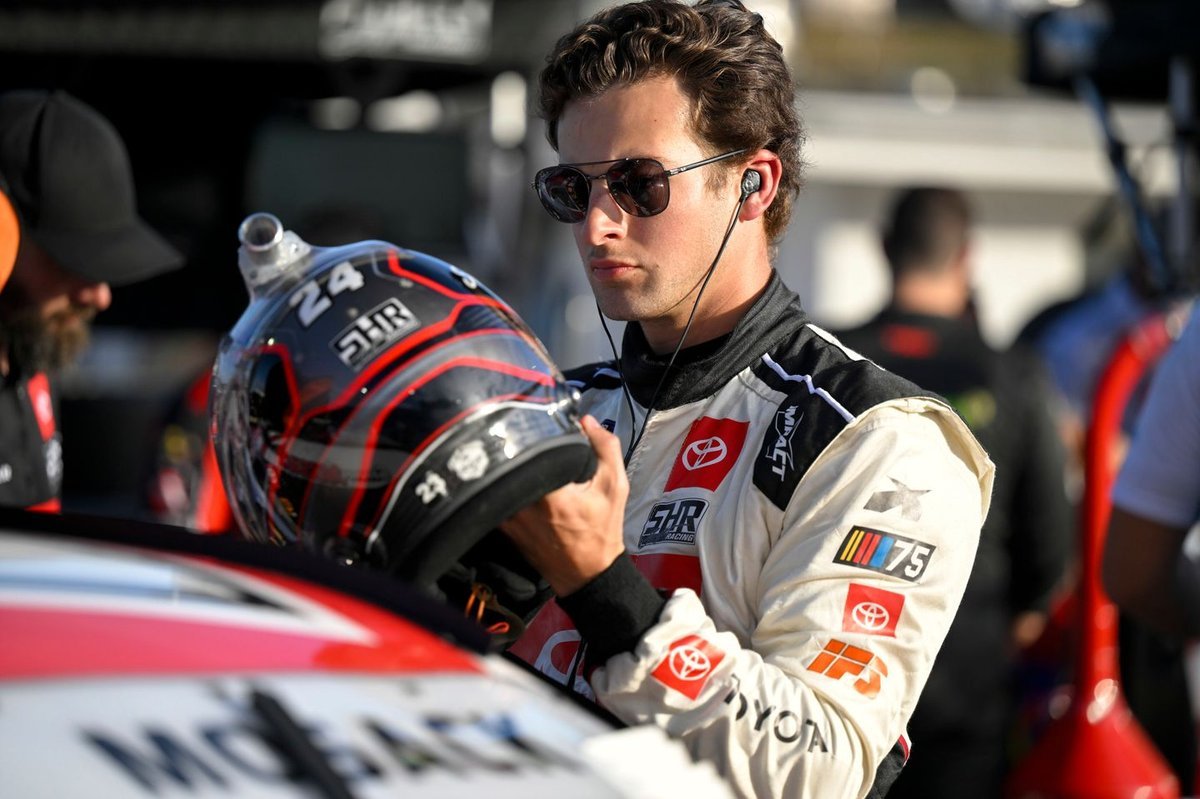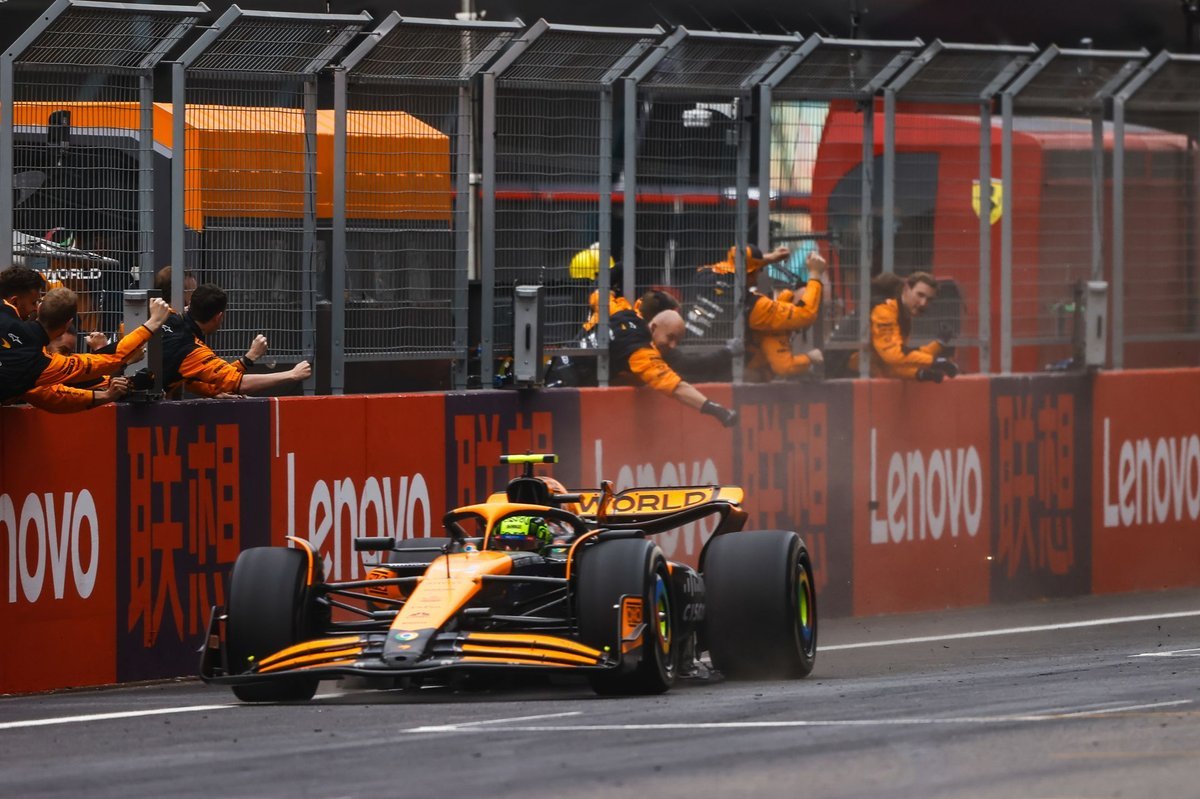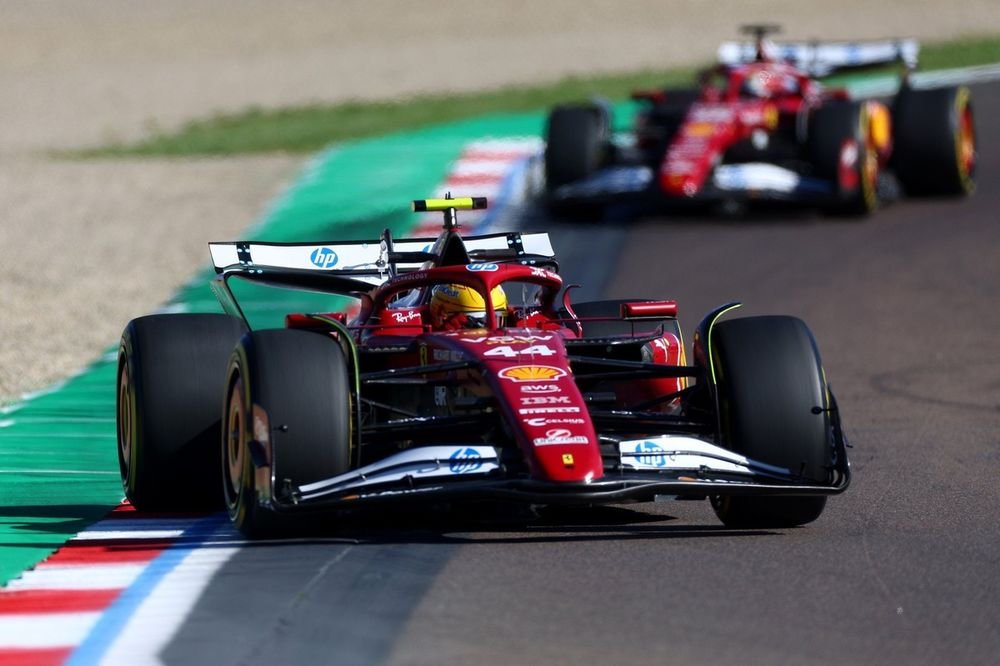
Ferrari SF-25 rear suspension fix halts Ferrari F1 2025 updates. Learn how Ferrari’s engineering decisions shape Formula 1 aerodynamic changes and performance.
Ferrari is no stranger to bold, high-stakes decisions. But this one? It’s sending shockwaves through the paddock. According to autoracer.it, the Scuderia has hit the brakes on some of their ongoing aerodynamic development. Why? To address a critical issue with the rear suspension on their SF-25 car. It’s the kind of technical move that might seem minor to outsiders—but in Formula 1, a suspension tweak can be the difference between champagne and chaos.
Think of it like trying to paint your house when the foundation’s cracking—what’s the point in polishing the outside when the inside is about to collapse? That’s the dilemma Ferrari faced.
Before we dive into the technical jungle of skid blocks, suspension geometries, and floor-tarmac dance-offs, let’s map out what we’re covering.
Table of Contents
| Sr# | Headings |
|---|---|
| 1 | Why Ferrari Froze Aero Development Mid-Season |
| 2 | The Real Problem: SF-25 Rear Suspension Woes |
| 3 | How Rear Suspension Affects Performance |
| 4 | Lessons from the Australian GP |
| 5 | Ferrari’s Engineering Decisions Explained |
| 6 | What’s Changing in the SF-25’s Suspension Setup |
| 7 | The Geometry Gamble: Reworking the Suspension |
| 8 | Why Aerodynamics Had to Wait |
| 9 | How Skid Block Wear Impacts Race Strategy |
| 10 | Ferrari’s Competitive Adjustments in 2025 |
| 11 | Technical Upgrades in Formula 1: A High-Risk Game |
| 12 | What This Means for Ferrari’s 2025 Title Hopes |
| 13 | SF-25 Technical Analysis: Behind the Curtain |
| 14 | How Other Teams May React |
| 15 | Final Thoughts: Will the Fix Work? |
1. Why Ferrari Froze Aero Development Mid-Season
In a sport where every tenth of a second counts, stopping work on aerodynamics—the main driver of downforce and efficiency—sounds drastic. But Ferrari made this call with clear intent: prioritize fixing the foundation. Rear suspension issues were not just nagging gremlins; they were performance killers.
2. The Real Problem: SF-25 Rear Suspension Woes
The SF-25’s rear suspension isn’t just a mechanical component—it’s the backbone of the car’s stability. According to Ferrari insiders, the current suspension setup doesn’t offer enough working range. At high speeds, the rear of the car squats too much, causing the floor to scrape the tarmac—leading to massive skid block wear.
It’s like trying to run a marathon in shoes two sizes too small. Sure, you can run—but at what cost?
3. How Rear Suspension Affects Performance
Let’s break it down simply. Suspension controls how a car handles bumps, corners, and acceleration. When the rear squats too much, it lowers the car’s rear ride height. That brings the car’s floor dangerously close to the track, increasing friction and reducing top-end speed. Worse? It destabilizes the car in high-speed corners.
4. Lessons from the Australian GP
At Albert Park, Ferrari’s problems became painfully obvious. Skid blocks—those little pads under the car designed to protect the floor—were wearing out far too quickly. The car was bottoming out through high-speed turns. The data didn’t lie. Neither did the drivers’ complaints over team radio.
That weekend served as a wake-up call.
5. Ferrari’s Engineering Decisions Explained
Instead of throwing more aero upgrades into the mix, Ferrari decided to fix the root cause first. It’s a strategic move that shows maturity in their engineering philosophy. You can’t build a winning car on a shaky chassis.
This wasn’t just about mechanics—it was about mindset. Fix what’s broken. Then evolve.
6. What’s Changing in the SF-25’s Suspension Setup
Ferrari’s updates to the SF-25 rear suspension include changes to internal components and the geometry itself. This means new linkages, repositioned elements, and a refined layout that offers a broader range of operation. The goal? A more predictable and stable rear end, especially at high speeds.
7. The Geometry Gamble: Reworking the Suspension
The suspension geometry controls how weight shifts when braking, accelerating, and turning. Ferrari is now betting on a geometry layout that balances stability with speed. This involves carefully recalculating camber, toe angles, and suspension arm lengths—think of it as fine-tuning the angles of a bow before firing an arrow.
8. Why Aerodynamics Had to Wait
Here’s the thing: aerodynamic changes only shine when the platform they sit on is stable. With a compromised suspension, new wings or underfloor tweaks won’t show their full potential. Ferrari paused those updates because improving downforce without fixing the squat issue would be like putting a spoiler on a sinking boat.
9. How Skid Block Wear Impacts Race Strategy
Skid blocks wearing too fast means two things: reduced car balance and potential disqualification. Remember, F1 cars must meet plank wear regulations. Excessive wear could see lap times deleted or even post-race penalties. Ferrari couldn’t afford that gamble—not in 2025’s tight midfield.
10. Ferrari’s Competitive Adjustments in 2025
These decisions feed into a bigger strategy. Ferrari isn’t chasing headlines with flashy updates—they’re building consistency. That might just be what sets them apart in 2025. Once the suspension problem is under control, the aero department will return to action with updates that actually work.
11. Technical Upgrades in Formula 1: A High-Risk Game
Every technical update in F1 is a gamble. Invest time and resources in the wrong area, and you lose performance and money. Ferrari’s approach shows a shift towards smarter development—a lesson other teams might learn from.
12. What This Means for Ferrari’s 2025 Title Hopes
While the decision to freeze aero might feel like a step back, it could set Ferrari up for major gains later in the season. A better-balanced car will help them compete more effectively with Red Bull, Mercedes, and McLaren. It’s a long game—and Ferrari’s playing it.
13. SF-25 Technical Analysis: Behind the Curtain
The SF-25 is a complicated beast. Beyond the engine, the floor and suspension define how it behaves on track. Ferrari’s updates aim to reduce variability in handling and improve tyre wear—two factors crucial for modern F1 success.
14. How Other Teams May React
Don’t be surprised if other teams—especially those in the midfield—follow suit. Rear suspension balance is often overlooked in favour of more glamorous upgrades. But Ferrari’s bold move may spark a trend of fixing fundamentals first.
15. Final Thoughts: Will the Fix Work?
That’s the million-dollar question. Fixing the suspension could unlock the true potential of Ferrari’s 2025 aero package. But if they’ve miscalculated, it could set them back further. Still, Ferrari’s willingness to prioritize core performance over flashy upgrades shows real intent.
Frequently Asked Questions
1. Why did Ferrari stop working on aerodynamic updates?
Ferrari paused some aerodynamic upgrades to focus on fixing the SF-25’s rear suspension, which was severely impacting overall car performance.
2. What exactly is wrong with the Ferrari SF-25 rear suspension?
The current suspension lacks enough working range, causing the car to squat too much at high speeds. This leads to increased floor contact and skid block wear.
3. How do suspension problems affect a Formula 1 car’s race pace?
Suspension issues can reduce cornering stability, increase tyre degradation, and cause the car to bottom out, all of which negatively impact race pace.
4. Will Ferrari resume aerodynamic upgrades in 2025?
Yes, once the suspension issues are resolved, Ferrari plans to resume aerodynamic development to enhance the SF-25’s performance.
5. Is Ferrari’s rear suspension update risky?
Like any major technical upgrade in F1, it’s a calculated risk. But by focusing on fundamentals first, Ferrari is aiming for long-term gains rather than short-term fixes.
By halting their pursuit of new wings and venturi tunnels to fix what’s under the hood, Ferrari has shown that sometimes, the smartest play is the simplest: get the basics right. Whether this decision will pay off in trophies or just turmoil remains to be seen—but one thing’s for sure, the Prancing Horse is not just running wild—it’s recalculating its stride. 🏎️💨

